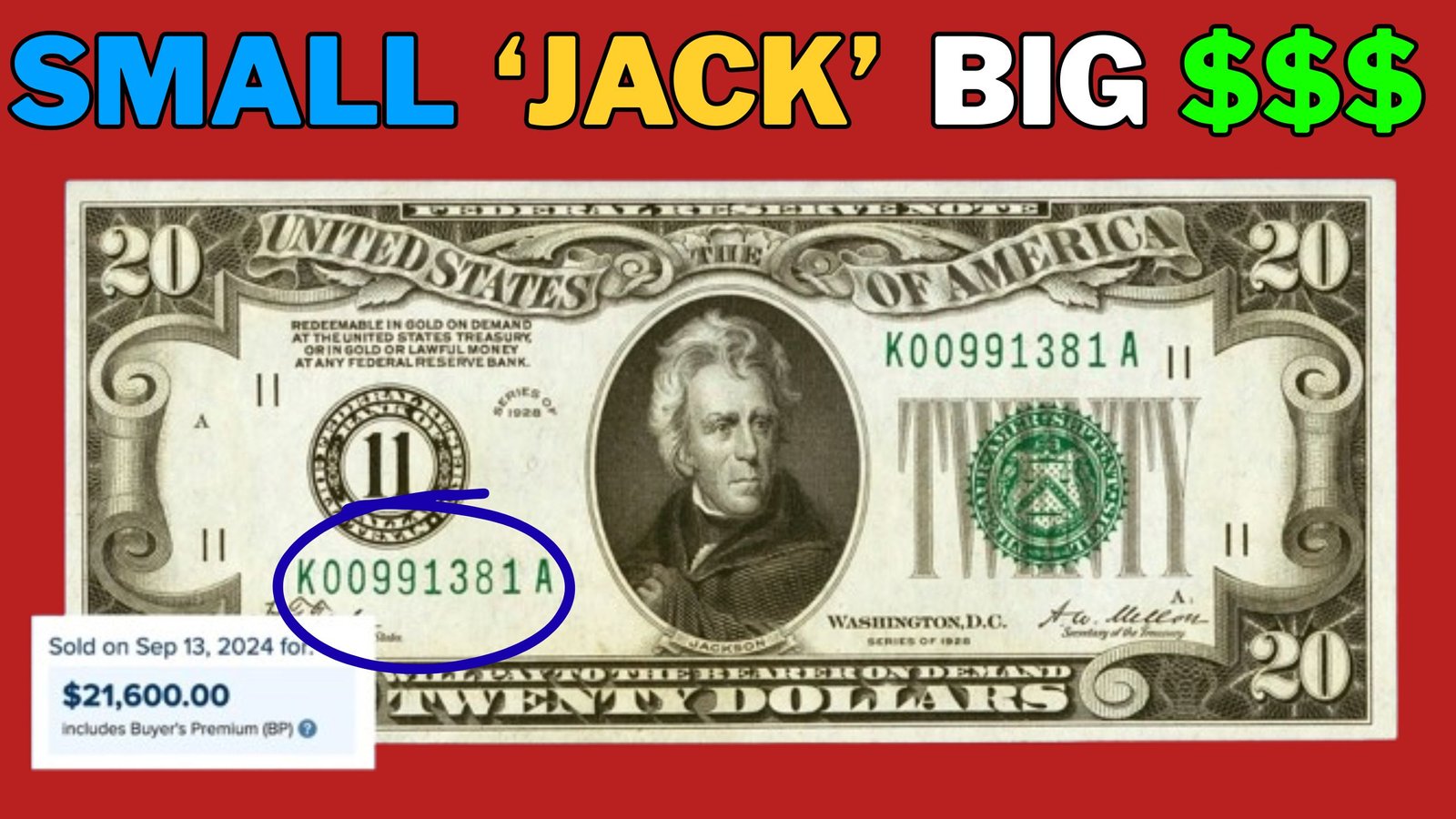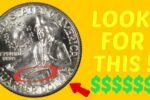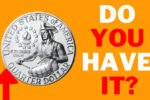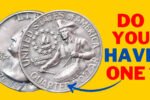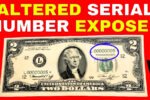Did you know that the $20 bill in your wallet could be worth hundreds or even thousands of dollars to collectors? Beyond its face value, the serial number on your currency might make it highly desirable. Here’s what you need to know about identifying valuable $20 bills and how to look up their serial numbers.
Why Serial Numbers Matter
Every U.S. banknote comes with a unique serial number printed twice on the front. These numbers do more than just identify the bill—they can also indicate rarity. Collectors, or numismatists, look for specific patterns that make a bill unique, and therefore, more valuable.
Some of the most sought-after serial numbers include:
- Low serial numbers (e.g., 00000001 to 00000100)
- High serial numbers (e.g., 99999999)
- Repeating numbers (e.g., 45454545)
- Ladders (e.g., 12345678 or 87654321)
- Radar notes (e.g., 12344321 – reads the same forward and backward)
- Binary numbers (e.g., only two digits, like 01010101)
- Birthday notes (e.g., 07041976 for July 4, 1976)
How To Look Up Your $20 Bill Serial Number
To determine if your $20 bill is special, follow these steps:
1. Examine the Serial Number
Find the serial number on the front of the bill—it’s the string of letters and numbers in green ink, typically in the upper right and lower left.
2. Identify Unusual Patterns
Compare your serial number against the categories above. If the number catches your eye or follows a neat pattern, it may be collectible.
3. Use Online Serial Number Checkers
Several websites and tools allow you to enter your bill’s serial number to check for rarity and potential value. Some popular resources include:
- MyCurrencyCollection.com
- CoolSerialNumbers.com
- USCurrencyAuctions.com
These sites often have databases of known valuable bills and can help you identify if your note is worth more than face value.
4. Check the Series Year
Look at the series year on your $20 bill (printed near the portrait). Some older series, like 1996 or earlier, can be more valuable, especially in uncirculated condition or with interesting serial numbers.
Condition Matters
The value of collectible bills increases significantly if the note is in excellent or uncirculated condition. If your $20 bill is rare and crisp, it could be worth even more to collectors. Avoid folding, writing on, or damaging bills you suspect may be valuable.
Where To Sell Valuable $20 Bills
If you think your $20 bill is special, consider selling it through:
- eBay – A popular marketplace for collectible currency
- Currency dealers – Many specialize in rare bills and can offer appraisals
- Auction houses – For especially rare finds, auctions may yield the highest bids
- Collector forums – Online communities can offer insights and price estimates
Final Thoughts
Before you spend your next $20, take a second to glance at its serial number. What might seem like an ordinary piece of paper could be a collector’s dream—and worth far more than its face value. Whether you’re a curious spender or a budding collector, learning to recognize valuable serial numbers could quite literally pay off.
FAQs: Your $20 Bill May Be Worth Bigger Bucks
Q: What makes a $20 bill valuable to collectors?
A: The value often depends on the serial number. Collectors seek unique or rare patterns such as low numbers (e.g., 00000005), repeated digits (e.g., 44444444), palindromes (e.g., 12344321), ladders (e.g., 12345678), or birthday formats (e.g., 07171976). The bill’s condition and series year also influence its value.
Q: Where is the serial number located on a $20 bill?
A: The serial number is printed twice on the front of the bill—once in the top right corner and once in the bottom left corner. It consists of a combination of letters and numbers in green ink.
Q: Does the condition of the bill affect its value?
A: Absolutely. A rare serial number in mint or uncirculated condition is often worth significantly more than the same number on a worn or damaged bill. Crisp, clean bills are much more desirable to collectors.
Q: Are old $20 bills more likely to be valuable?
A: Older bills (such as those from the 1980s or earlier) can be more valuable, especially if they are in excellent condition or feature rare serial numbers. However, even modern $20s can be worth more if they have desirable serial numbers.
Next time you break a $20, don’t just look at Andrew Jackson—look at the numbers. You might be holding hidden treasure.
